Ⅰ. Molding parts
Die (cavity): a concave part on the surface of the molded plastic part.
Die plate (cavity plate): a plate-like part with a concave contour on the surface of the molded plastic part. The one placed in the fixed mold is called the fixed mold cavity plate. The one placed in the movable mold is called the movable mold cavity plate.
Core: a convex part on the inner surface of the molded plastic part. Side core: a part that forms the side hole, side concave or side boss of the plastic part, and can be manually or with the slider to pull out and reset the core in the mold.
Side core: a part that forms the side hole, side concave or side boss of the plastic part, and can be manually or with the slider to pull out and reset the core in the mold.
Insert: when the die or core has a part that is easily damaged or difficult to process as a whole, it is manufactured separately from the main part and embedded in the local molding part of the main part.
Moving insert: a molding part that must be ejected from the mold with the plastic part according to the process and structure requirements to be separated from the plastic part.
Block: Several separately manufactured forming parts used to form a die or core can be called a die block and a core block respectively.
Threaded core: A forming part for forming the internal thread of a plastic part, which can be a movable threaded core (taken out of the mold) or a threaded core that rotates in the mold.
Threaded ring: A forming part for forming the external thread of a plastic part, which can be a movable threaded ring (integral or combined) or a threaded ring that rotates in the mold.
502591.webp)
Ⅱ. Guide parts
Guide pin: A cylindrical part that cooperates with the guide sleeve (or hole) installed on the other half of the mold to ensure the guiding accuracy of the opening and closing movement of the movable mold. There are two types of guide pins with heads and guide pins with shoulders. Push plate guide pin: A cylindrical part that is in a sliding fit with the push plate guide sleeve (or hole) and is used for the movement guidance of the demolding mechanism.
Guide sleeve: A round sleeve-shaped part that cooperates with the guide pin installed on the other half of the mold to ensure the relative position of the movable mold and the fixed mold and the guiding accuracy of the opening and closing movement of the mold. There are two types: straight guide sleeve and headed guide sleeve.
Push plate guide sleeve: fixed on the push plate, slidingly matched with the push plate guide column, and used as a round sleeve-shaped part for the movement guide of the demoulding mechanism.
999254.webp)
Ⅲ. Pushing parts
Push rod: a rod that directly pushes out plastic parts or condensed materials in the casting system, including cylindrical head push rods, shoulder push rods and flat head push rods. The cylindrical head push rod can be used to push the push plate, also known as the pre-rod.
Push tube: a tubular part that directly pushes out plastic parts.
Push plate: a plate-shaped part that directly pushes out plastic parts.
Push ring: a ring-shaped or disc-shaped part that partially or completely pushes out plastic parts.
Push rod fixing plate: a plate-shaped part that fixes the push and reset parts and the push plate guide sleeve.
Push rod: a plate that supports the push and reset parts and directly transmits the push force of the machine tool.
Connecting push rod: a rod that connects the push plate and the push plate fixing plate to transmit the thrust.
Pulling rod: a rod with a special head shape that is set opposite to the main channel and can pull out the condensate from the main channel. The head shapes include Z-shaped, spherical head, inverted cone, mushroom-shaped and conical head.
Push runner plate: a plate that pushes out the condensate from the pouring system as the mold opens. Also called a push plate.
838785.webp)
IV. Core pulling (parting) parts
Inclined pin (inclined guide column): a cylindrical part that is assembled at an angle to the parting surface and causes the slider (or concave mold block) to reciprocate in the mold as the mold opens and closes.
Slider: a part that moves along the guide structure and drives the side core (or concave mold block) to complete the core pulling and reset action.
Side core slider: a side core or slider made of a whole material. Sometimes several sliders constitute a mold block, and they need to be separated before the plastic part can be demolded smoothly.
Slider guide: a plate that cooperates with the guide surface of the slider to play a sliding guide role.
Wedge block: a part with an angle used to lock the slider when closing the mold.
Bend pin: A rectangular or square cross-section bending part that allows the slider to pull the core and reset as the mold opens and closes.
Inclined slider: A concave mold block that uses the cooperation of the inclined surface and the mold sleeve to slide, and has the functions of forming, pushing out and pulling the core (parting).
Inclined groove guide plate: A plate-shaped part with an inclined guide groove that allows the slider to pull the core and reset along the groove as the mold opens and closes.
402273.webp)
V. Supporting fixed parts
Positioning seat plate: A choice for fixing the fixed plate on the fixed worktable of the injection molding machine.
Moving mold seat plate: A plate that fixes the movable mold on the moving worktable of the injection molding machine.
Concave mold fixing plate: A plate-shaped part that fixes the concave plate (cavity), also known as a cavity fixing plate.
Core fixing plate: A plate-shaped part that fixes the core.
Mold sleeve: A frame-shaped structural part that positions and fastens the inserts or blocks together, or a frame-shaped part that fixes the concave mold or core.
Support plate: a plate that prevents the axial displacement of the forming parts (die, core or insert) and the guide parts, and bears the forming pressure.
Pad: a block part that adjusts the height of the mold closure to form the ejection space required by the demoulding mechanism.
Bracket: an "L"-shaped block part that adjusts the mold closure height to form the ejection stroke space required by the demoulding mechanism, and fixes the movable mold on the injection molding machine, also known as the mold foot.
Support column: a columnar part that is set between the movable mold support plate and the movable mold seat plate to enhance the rigidity of the movable mold support plate and plays a supporting role.
874417.webp)
VI. Positioning and limiting parts
Positioning ring: a circular ring or circular plate part that aligns the main channel of the mold with the injection molding machine nozzle and determines the installation position of the mold on the injection molding machine.
Conical positioning part: a part that uses the corresponding matching conical surface to accurately position the movable and fixed molds when the mold is closed.
Reset rod: a rod fixed to the push rod fixing plate, which resets the demoulding mechanism with the help of the closing action of the mold.
Limiting pins: parts that support and adjust the demoulding mechanism and prevent the demoulding mechanism from being obstructed by foreign objects when resetting, or rods that limit the final position of the slider after core pulling.
Fixed-distance pull rod: rod used to limit a template to be pulled open or stopped within a limited distance during mold opening and parting.
Positioning pin: cylindrical rod that fixes the relative positions of two or more templates to prevent them from displacement.
Fixed-distance pull plate: plate used to limit a template to be pulled open or stopped within a limited distance during mold opening and parting.
574909.webp)
VII. Cooling and heating parts
Cooling nozzle: pipe used to connect rubber hose to pass cold water into the mold.
Partition: metal strip or plate set in the cooling water channel in the mold to change the flow direction of cooling water
Heating plate: plate with heating structure such as hot water (oil), steam or electric heating element to ensure that the mold temperature meets the requirements of plastic forming process.
Heat insulation board: plate to prevent heat transfer and diffusion.
899607.webp)
Ⅷ. Others
Gate: A bushing part with a main flow channel that is in direct contact with the injection machine nozzle.
Gate insert: In order to increase the service life of the gate, a replaceable wear-resistant metal insert is used for the gate.
Runner plate: A plate specially set up for opening a branch flow channel, which can be divided into a hot runner plate and a warm runner plate.
Secondary nozzle: A nozzle that directly or indirectly provides a feed channel from the hot runner plate (column) to the cavity.
401.webp)
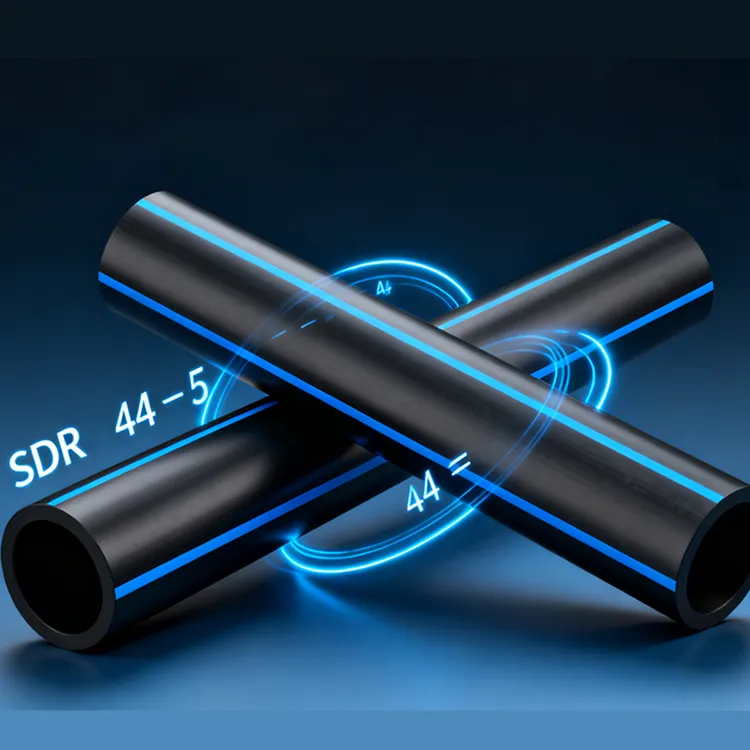
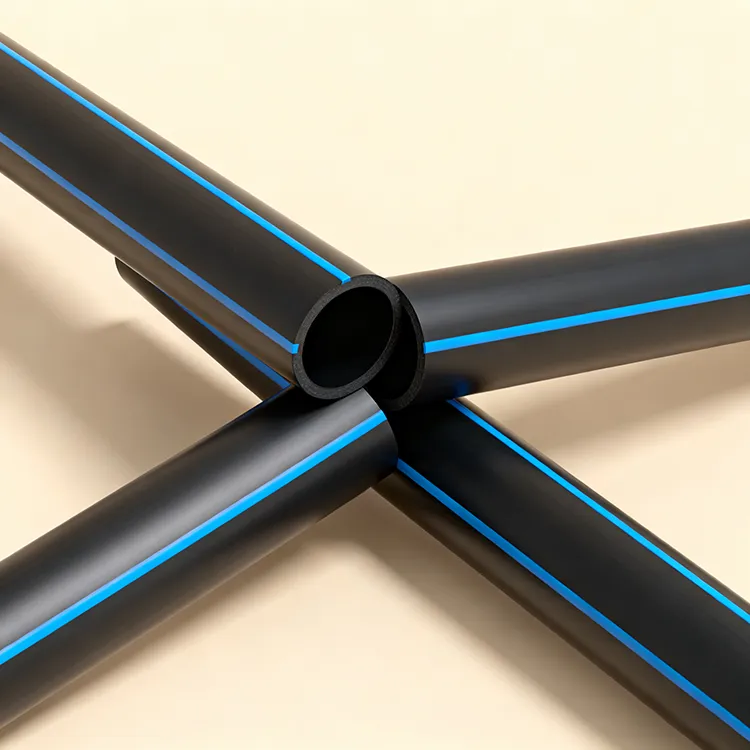
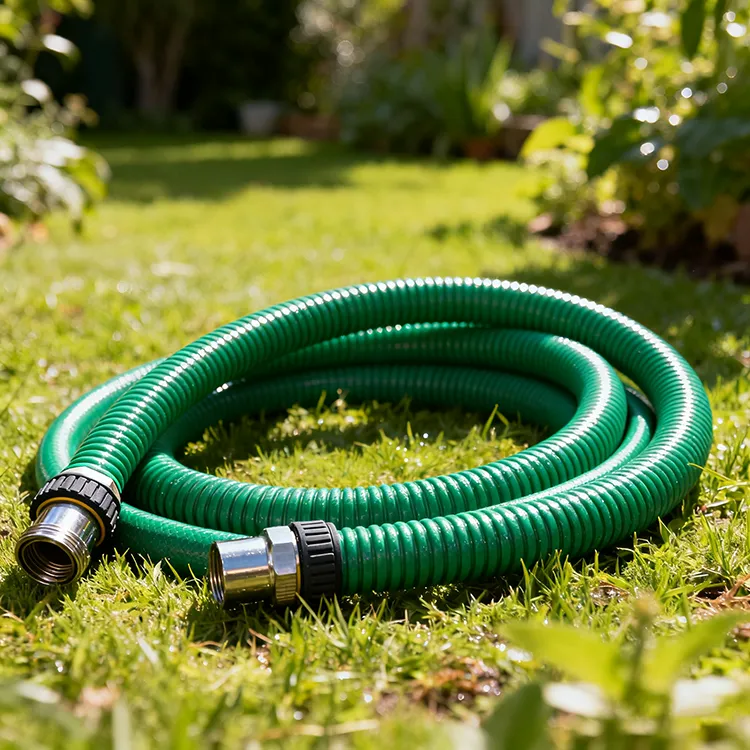
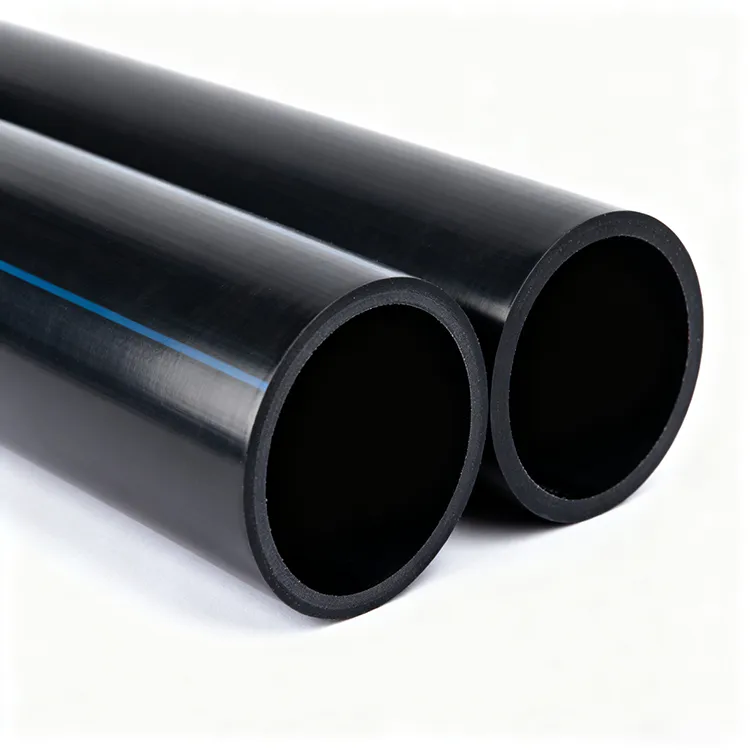
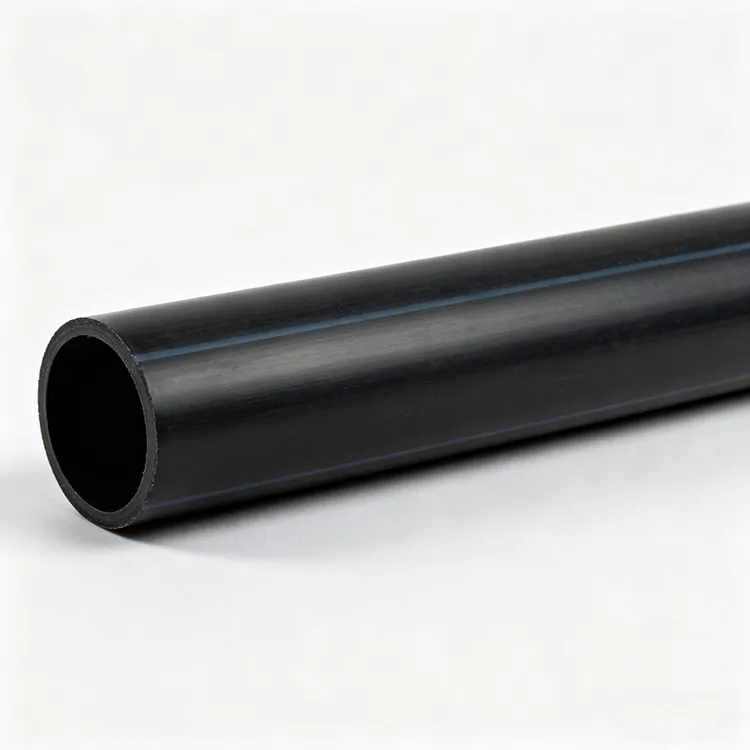
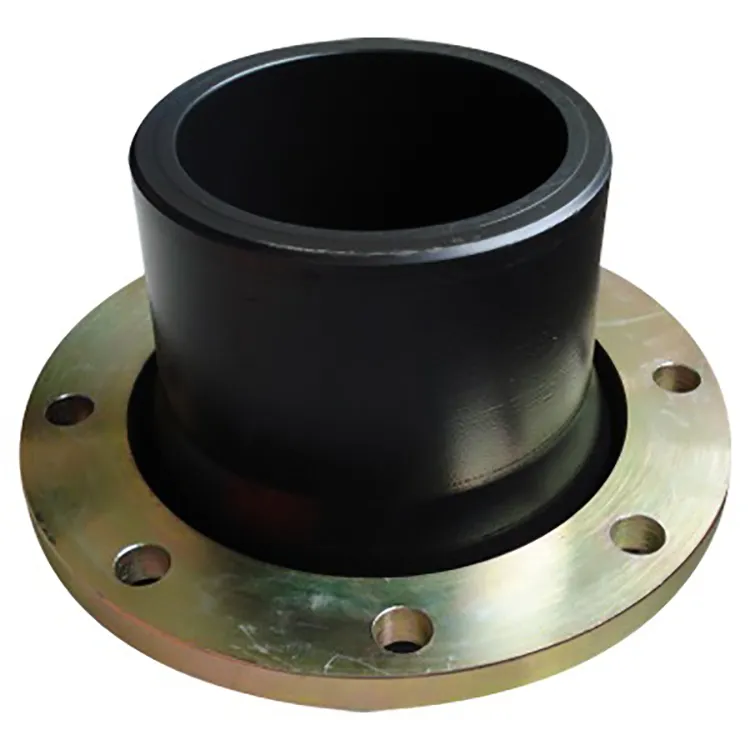
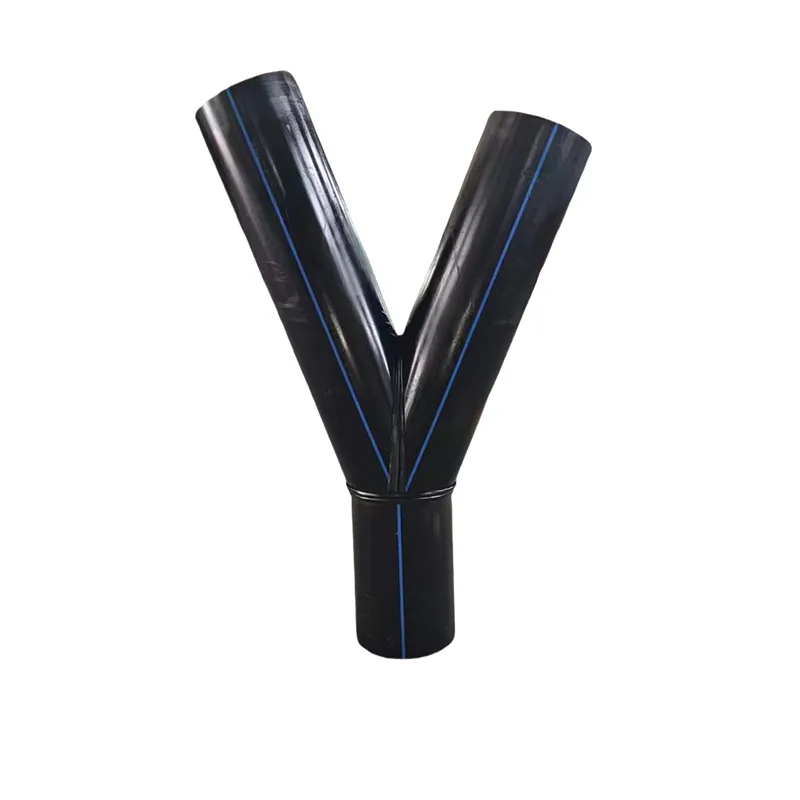

659.webp)
210.webp)
328.webp)
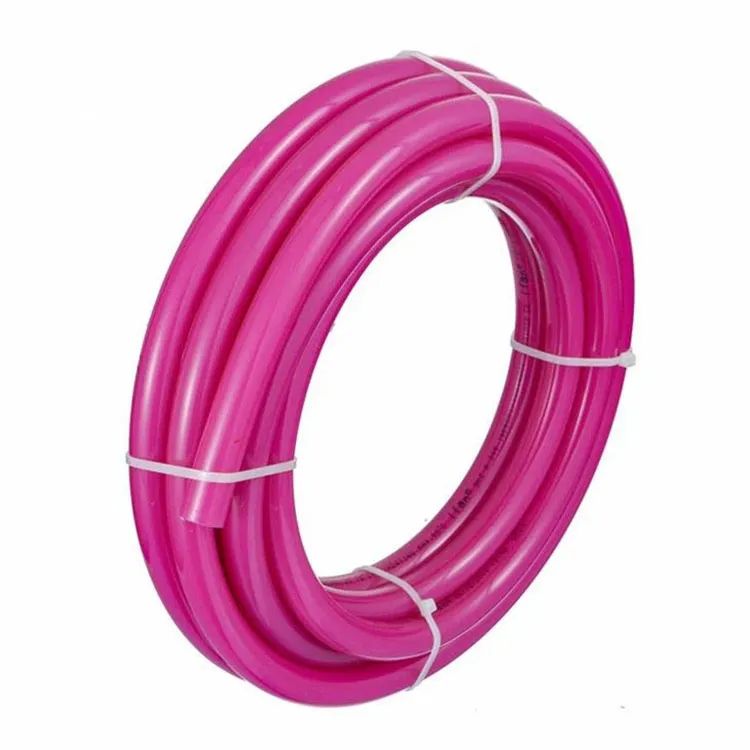
294.webp)
476.webp)


